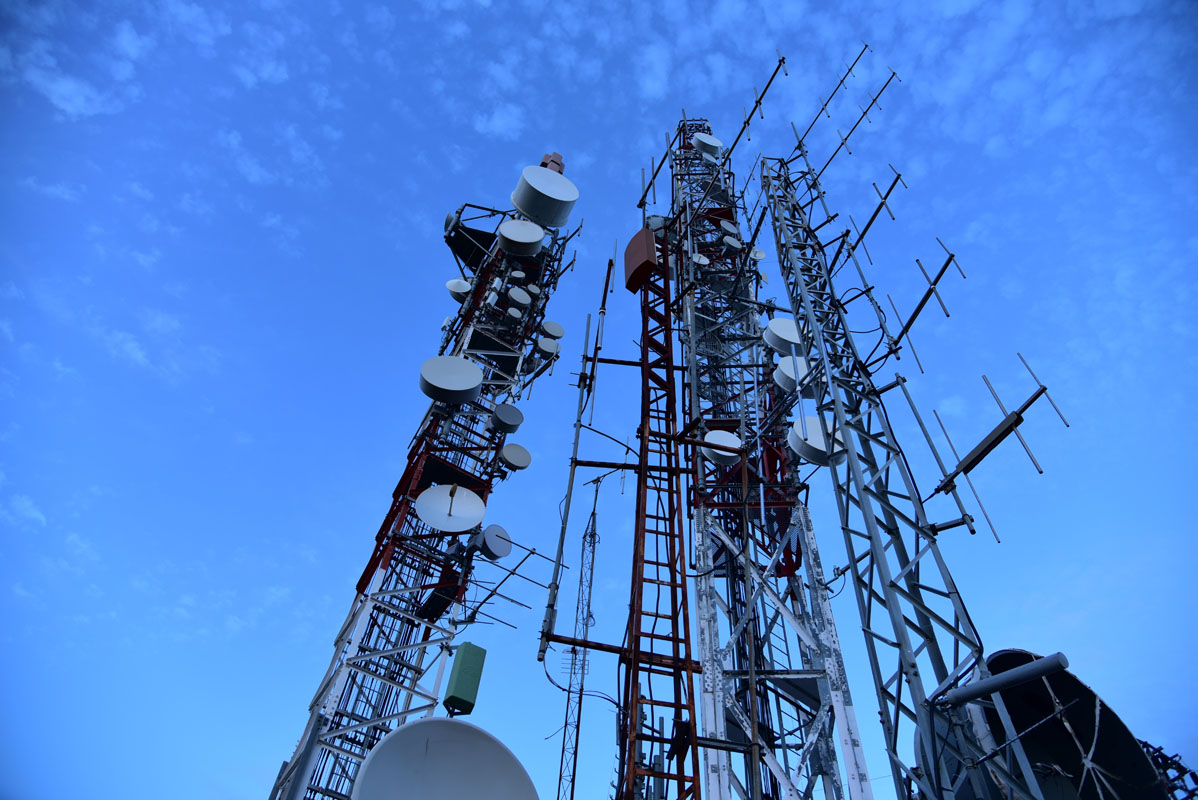4G/5G Microwave Transmission Planning and Optimization
3 DAYS
INSTRUCTOR LED WORKSHOP
“OUR COURSES CAN BE SPECIALLY TAILORED TO ADDRESS YOUR REQUIREMENT – TELECONTRAN”

COURSE OBJECTIVES
Telecommunication Network is rapidly migrating from GSM towards 4G and now 5G. Drivers for such migration is the rising needs of data and cost-effective planning and expansions of backhaul links.
With the emerging carrier Ethernet standards and the migration of mobile telephony technologies towards IP technologies, the microwave radio systems have an increased focus on the effective transport of packet-based traffic and major radio vendors have introduced a new type of radio, commonly referred to as IP radio supporting high speed packet transport over microwave links.
This 3-day workshop would make the participants understand the needs of new traffic categories as well as wisely adjust transmission network evolution to handle both existing and new traffic categories.
After successful completion of this 3-day workshop participants will be able to
- Understand the essentials required and involved in planning of microwave-based access network for GSM towards 4G and 5G.
- Develop understanding of migration of transmission network towards all-IP environment
- Learn the essence of microwave path planning along with proper link budget calculation
- Explain Microwave performance and Optimization considerations as well as analyze system degradation due to Microwave components.
- Learn the new developments in Digital Microwave Radio and new technologies implemented in microwave point-to-point radios (Ethernet) as well as Adaptive Modulation.
COURSE CURRICULUM
This course is designed for telecommunications professionals, including transmission engineers, network planners and technical project managers who are involved in the area of planning, deployment, commissioning or operation of modern Radio-relay Digital Microwave Radio and maintenance of Fixed Microwave Radio transmission and backhaul.

Module 1: Microwave Transmission Link Planning
- Microwave Transmission Link Propagation
- Hierarchy in Microwave Transmission Network
- RR Network and System Features
- Map study and preparation of path profiles
- Transmission Field survey and site determination
- Determination of Antenna Heights and its calculation
- Path Calculations
- Performance and Availability
- Availability of Frequency Spectrum
- Frequency Spectrum Allocation
- Equipment Specifications & Selection
- Case Study – Evaluation break
- Digital Modulation
- Receiver Sensitivity
- Signal Equalizers
- Forward Error Correction (FEC)
- Scrambling and Interleaving
- Network Management
- Different Types of Antenna
- Antenna System Consideration
- Case Study – Evaluation break
Module 2: Transmission Link Budget Calculation
- Calculation of Free Space Loss
- Transmission and Reception
- LOS and Fresnel Zone
- Link Budget with Branching Circuitry
- Case Study – Evaluation break
Module 3: LTE Architecture and Benefits
- LTE Architecture and interfaces
- LTE basic principles
- TDD and FDD
- OFDM & DC-OFDM
- Shared Channel Transmission
- Channel Dependent scheduling
- Multi antenna support
- Radio Planning Solution
- RF Planning Process
- LTE Network Planning Strategy
- Drive Test Signaling Analysis
- Case Study – Evaluation break
- Case study with SW Planning Tool
Module 4: Transmission Link Performance, Reliability and Availability
- Basic Definitions of Reliability, Performance and Availability
- Fading of Microwave Links
- Cable Reliability
- Exercise
- Selected NA (Bellcore) Definitions
- ITU-R Related Definitions
- Case Study – Evaluation break
Module 5: Frequency Planning and Interference Analysis in Digital Network
- Setting Up the Frequency Plan
- International Frequency Plans
- Frequency Planning Rules
- Case Study – Evaluation break
- Two-Frequency Plan
- Three-Frequency Plan
- Meshed Networks
- Interference in Digital Networks
- Co-channel Interference
- Adjacent Channel Interference
- Receiver Threshold Degradation
- Interference Mitigation
- Planning Considerations
- Case Study – Evaluation break
Module 6: Overview for 4G and 5G Networks – The big picture
- Data services requirements
- Wireless network architectures
- IP backhaul challenges
- Applications; impact on IPBH
Module 7: LTE Radio Network Planning
- Antenna Systems
- Propagation Models
- Radio Interface KPIs
- Capacity Planning for LTE
- Using Software for Network Planning
- Case Study – Evaluation break
Module 8: 5G New Radio (NR) and 5G Microwave Backhaul
- NG-RAN Architecture
- 5G Backhaul Architecture
- mmWave Radio
- NR Features
- Integration with LTE and E-UTRAN
- Radio Resource Management Specifications
- Considerations for Implementation and Operation in mmWave Bands
- Massive MIMO
- 3D Beamforming and Advanced Antenna System
- Integrated Backhaul Access (IAB)
Module 9: IP and MPLS Basics
- IP fundamentals
- Basics of MPLS
- Integration of IP with MPLS
Module 10: Microwave in Wireless Backhaul
- Microwave access architecture options; pros and cons
- Issues with Microwave access and their solution
- Microwave vs. WiMAX in wireless backhaul
Module 11: Carrier Ethernet in IP Backhaul
- Ethernet fundamentals
- Carrier Ethernet (CE) and the Ethernet services model
- CE attributes and the support for QoS
- Role of Circuit Emulation (CESoE) and circuit bonding
- Role of Carrier Ethernet in IP backhaul
TRAINING/WORKSHOP | DURATION | TRAINING DATE | LOCATION |
4G/5G Microwave Transmission Planning and Optimization | 3 Days | 14th Apr. - 16th Apr. 2025 | Singapore |
OUR HAPPY CLIENTS
WHAT OUR CLIENTS SAY ABOUT TELECONTRAN !!
I have learnt new methods of how to calculate link planning, link budget and losses using Pathloss 5.
The Training Material is well prepared with excellent technical depth and after the workshop I have a very clear understanding about Pathloss software.
I have learnt new methods of how to calculate link planning, link budget and losses using Pathloss 5.
This workshop enhanced my knowledge in optical Fiber, multiple test equipment used in Cabling, light movement inside the core.
The training provided in depth knowledge and complete overview of Satellite communications along with satellite governance and applications.

